By Ankit Mehta
Alibaba Cloud offers Function as a Service (FaaS), where operations and maintenance are a cloud provider's responsibility, so companies and developers can focus on the code.
Alibaba Cloud Function Compute (FC) is a Platform as a Service (PaaS) solution to support microservices and web applications. Function Compute provides integration with other Alibaba Cloud services, such as Virtual Private Cloud (VPC), Object Storage Service (OSS), ApsaraDB for RDS, and others.
Function Compute supports leading programming languages, such as Node.Js, Java, Go, PHP, Python, and .Net Core. In addition to this list, a docker container-based application deployment is also possible.
Go programming language adoption is rising in many financial institutions due to its stability, low resource consumption, and compatibility. Alibaba Cloud supports the Beego and Gin frameworks on Function Compute natively.
The following step-by-step guide explains how to deploy a Beego application on Function Compute using the Alibaba Cloud management console:
Note: Function Compute requires authorization to activate the service when you access it for the first time. Therefore, you need to use a master payer/root account to initiate the Function Compute the first time:
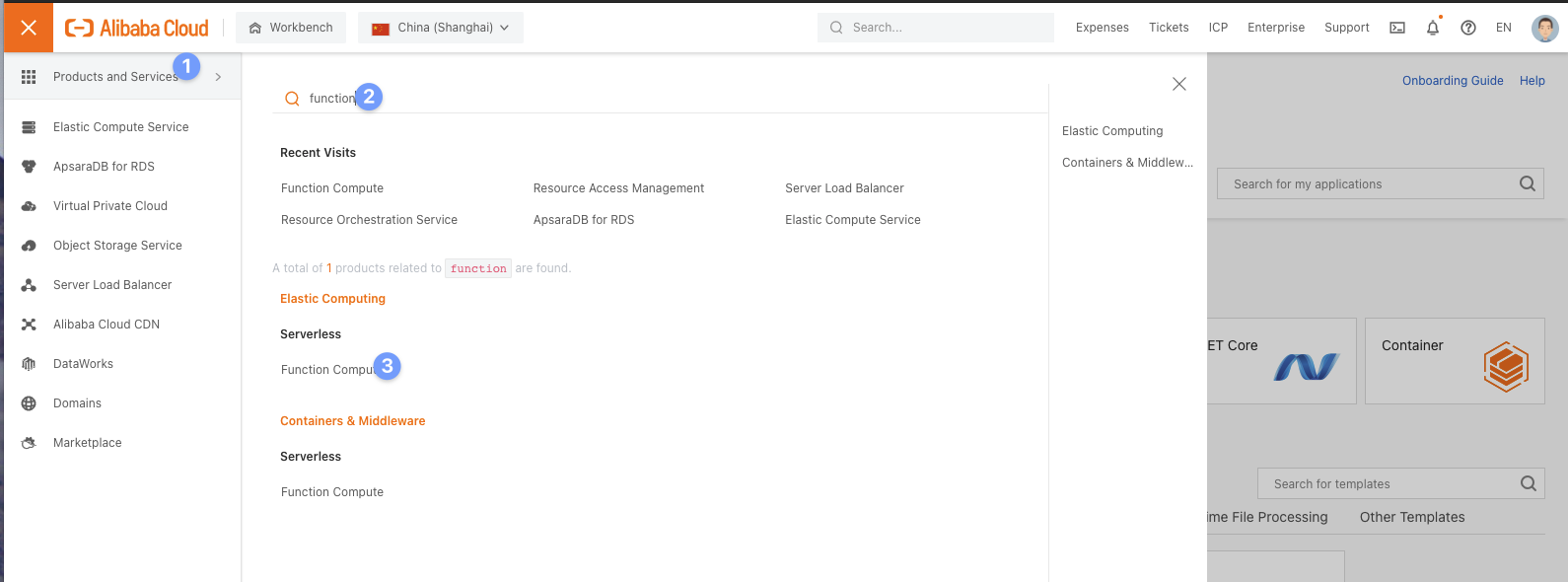
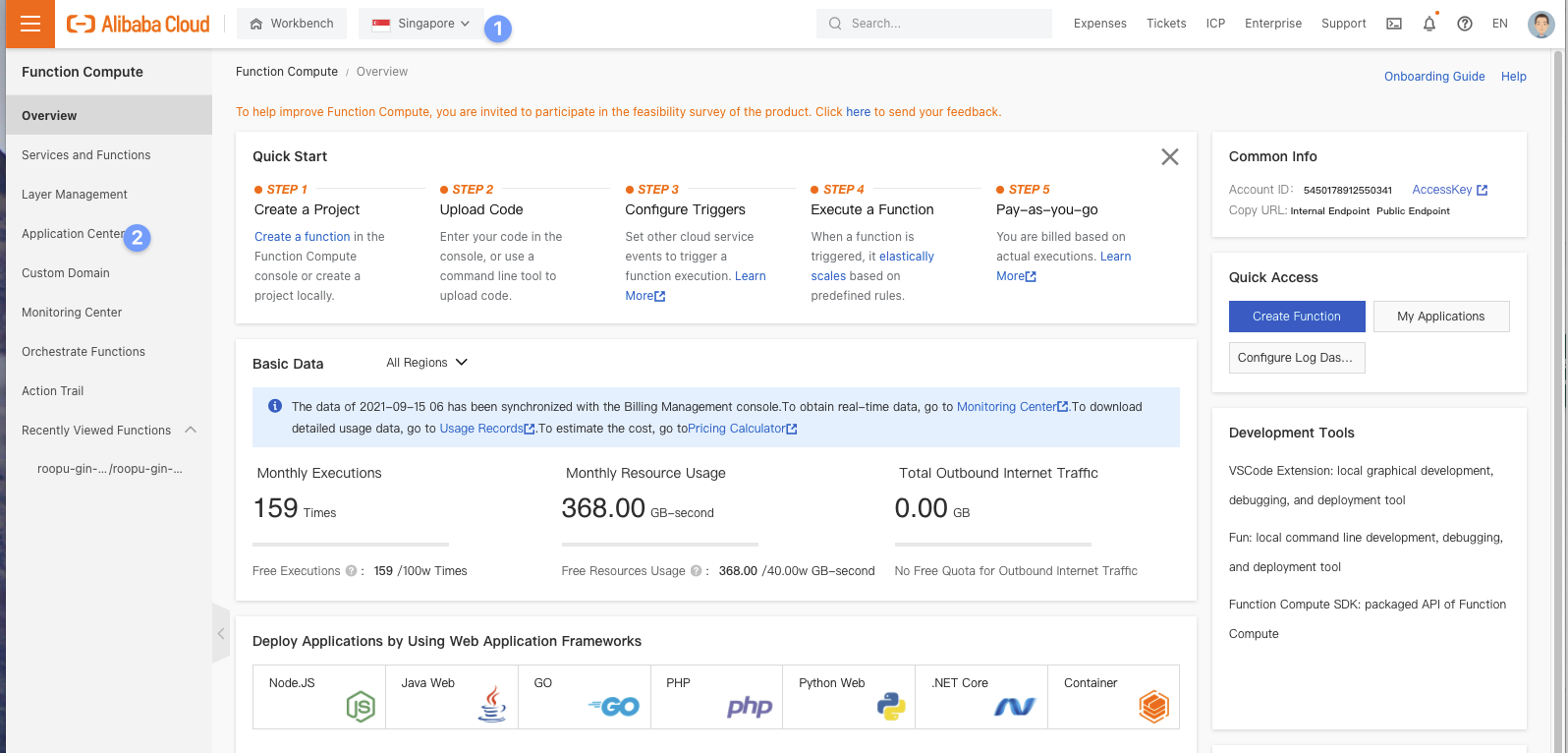
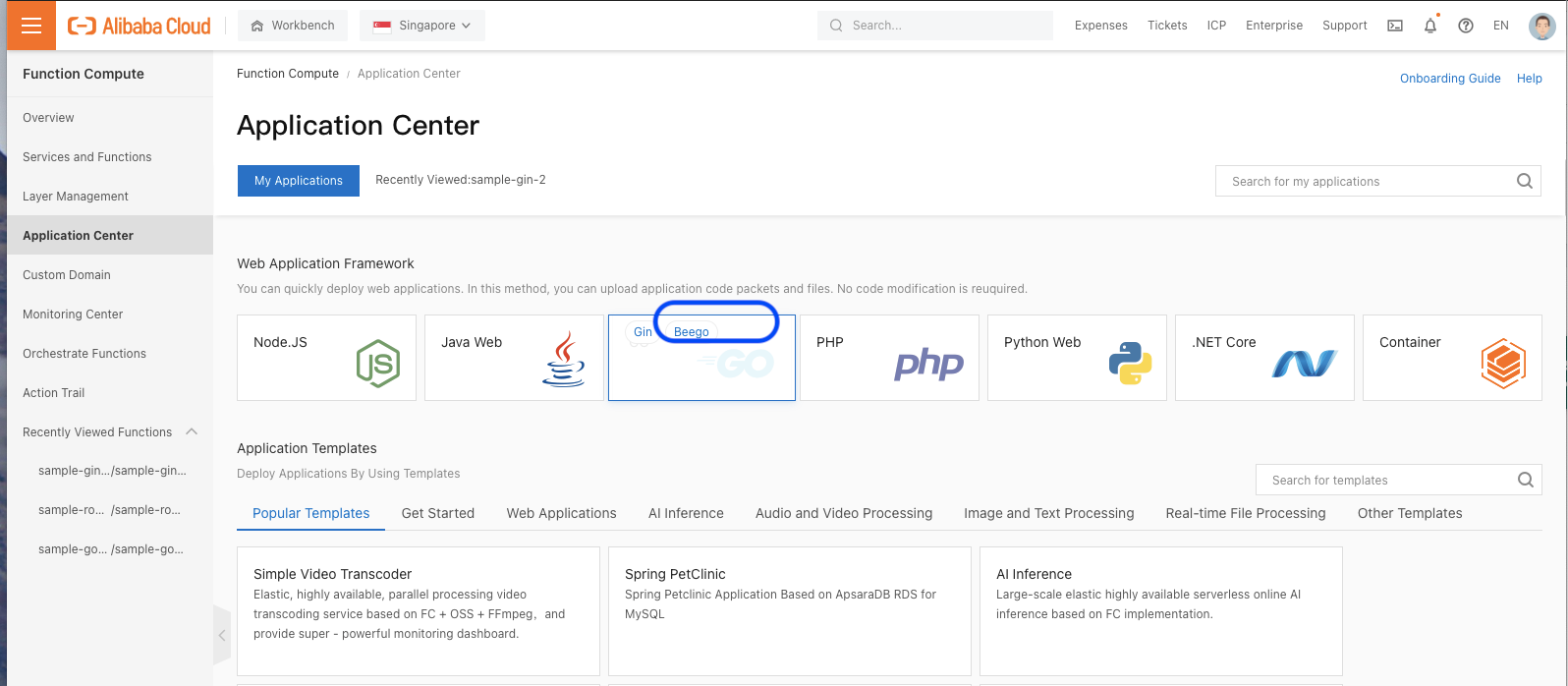
Note: The deployment process can take up to 15 minutes to complete.
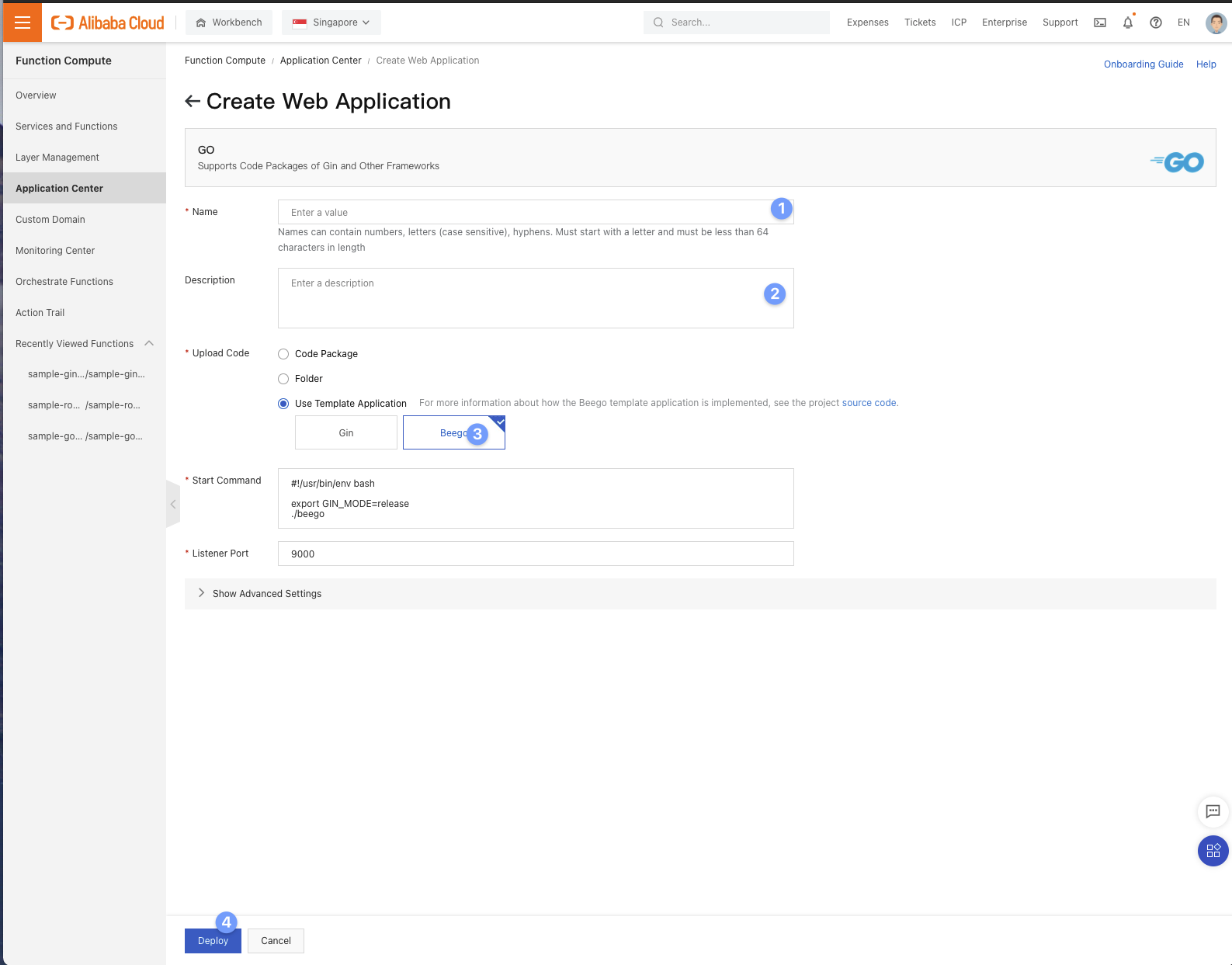
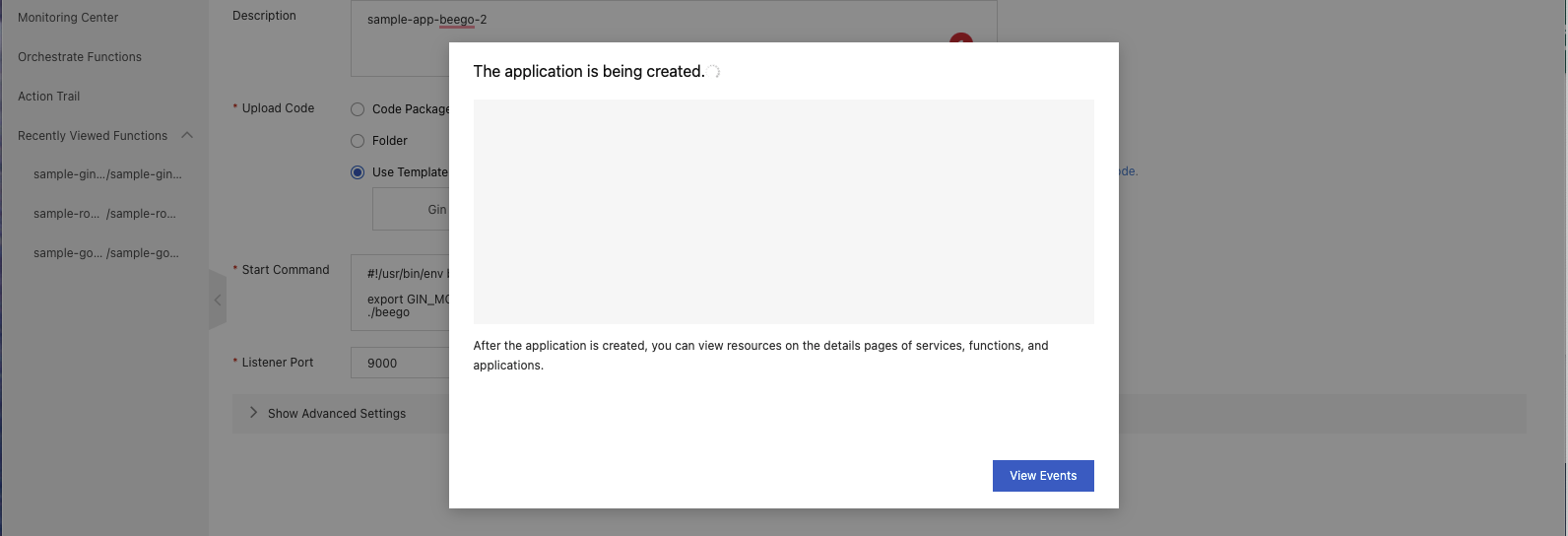
Essentially, Alibaba Cloud uses the Resource Orchestration Service (ROS) in the backend to deploy the Function Compute stack. The Events section provides the stack deployment log:

Step 7: The Overview section provides details such as:
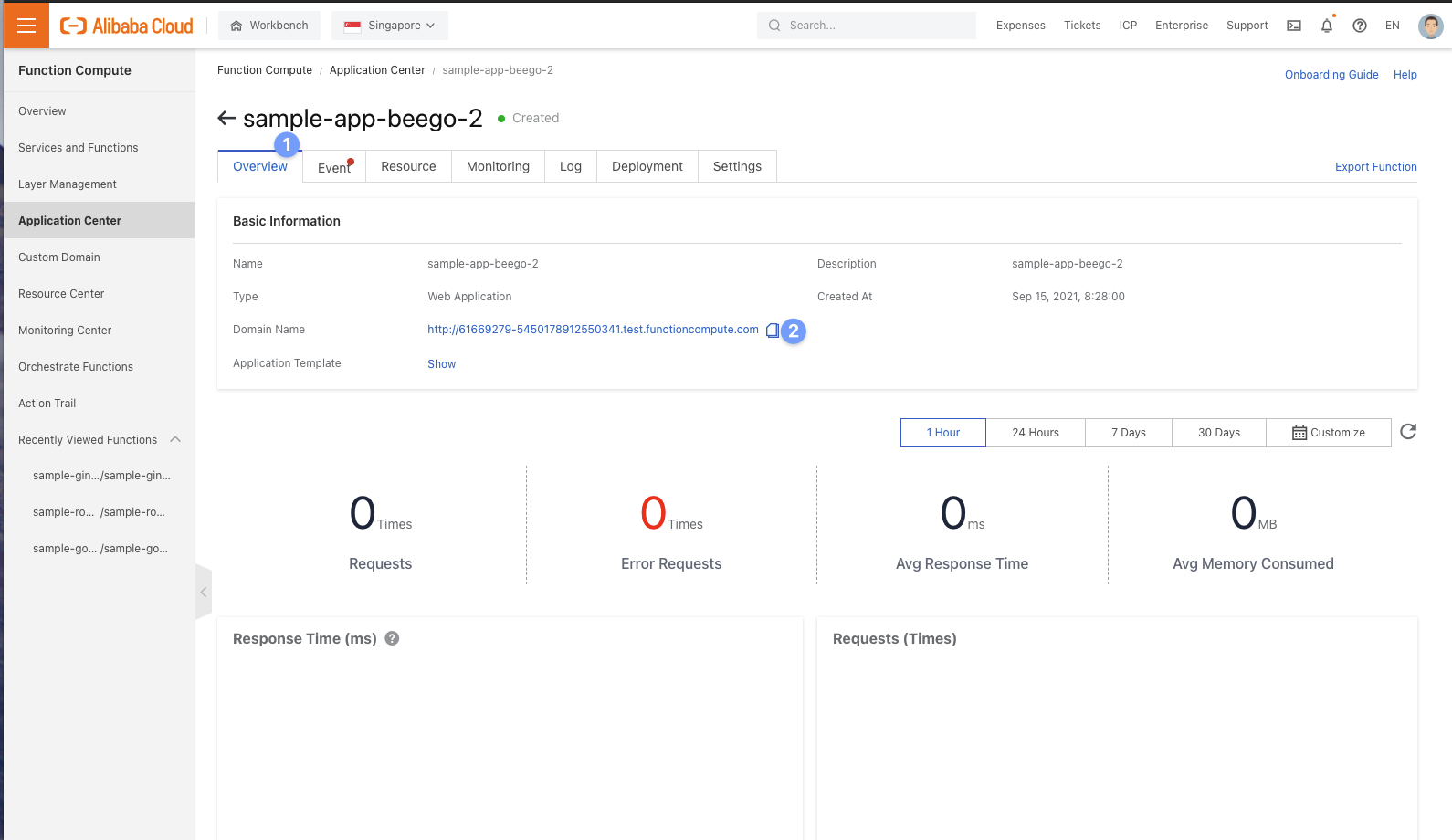
Click on the Domain Name URL. It will lead you to the deployed web application:
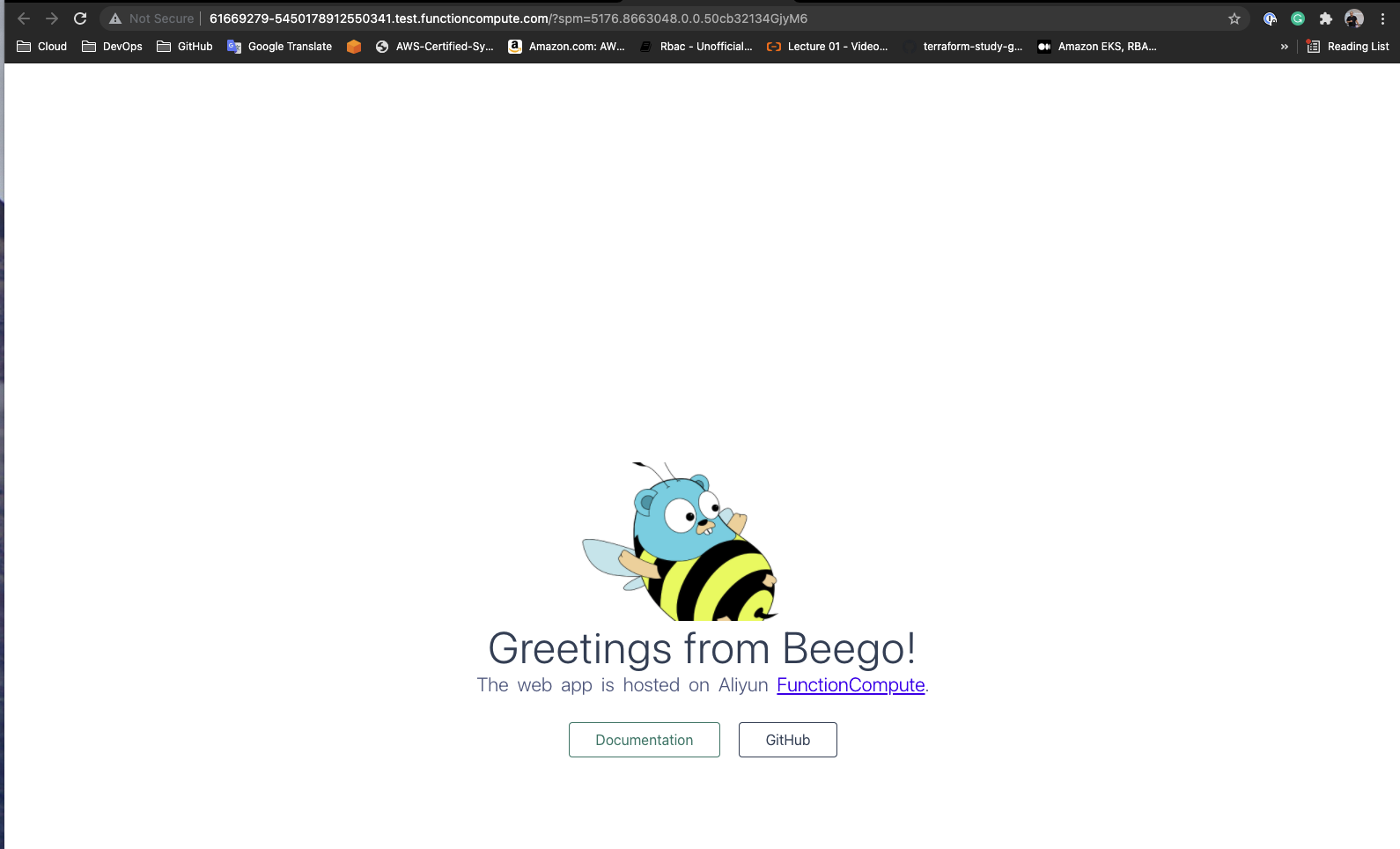
You can view all the deployed components by navigating to the Resources section and clicking on the Settings tab:
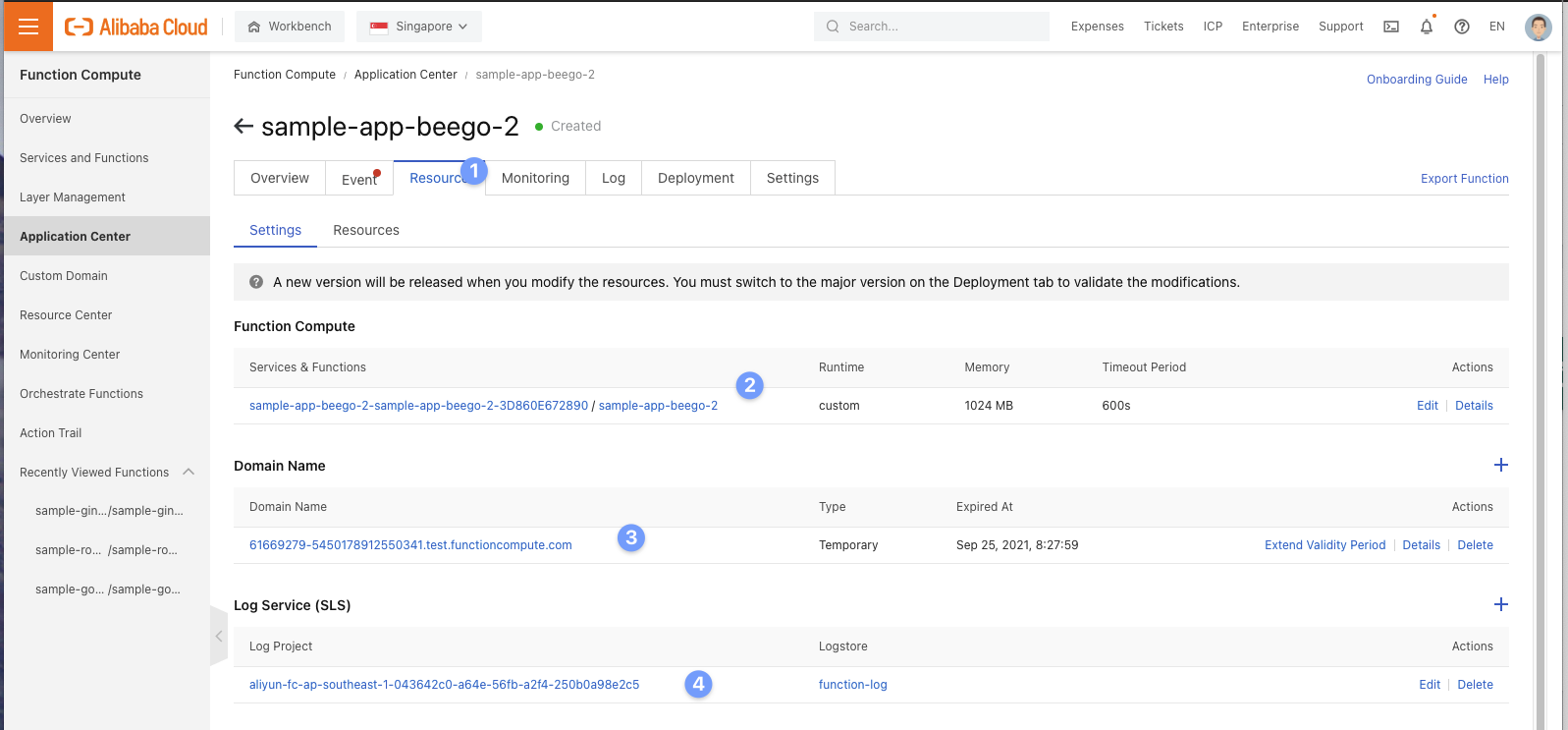
The Export Function button provides a facility to download existing source code. Users can import the exported source to the new function or with modifications to update the existing function.
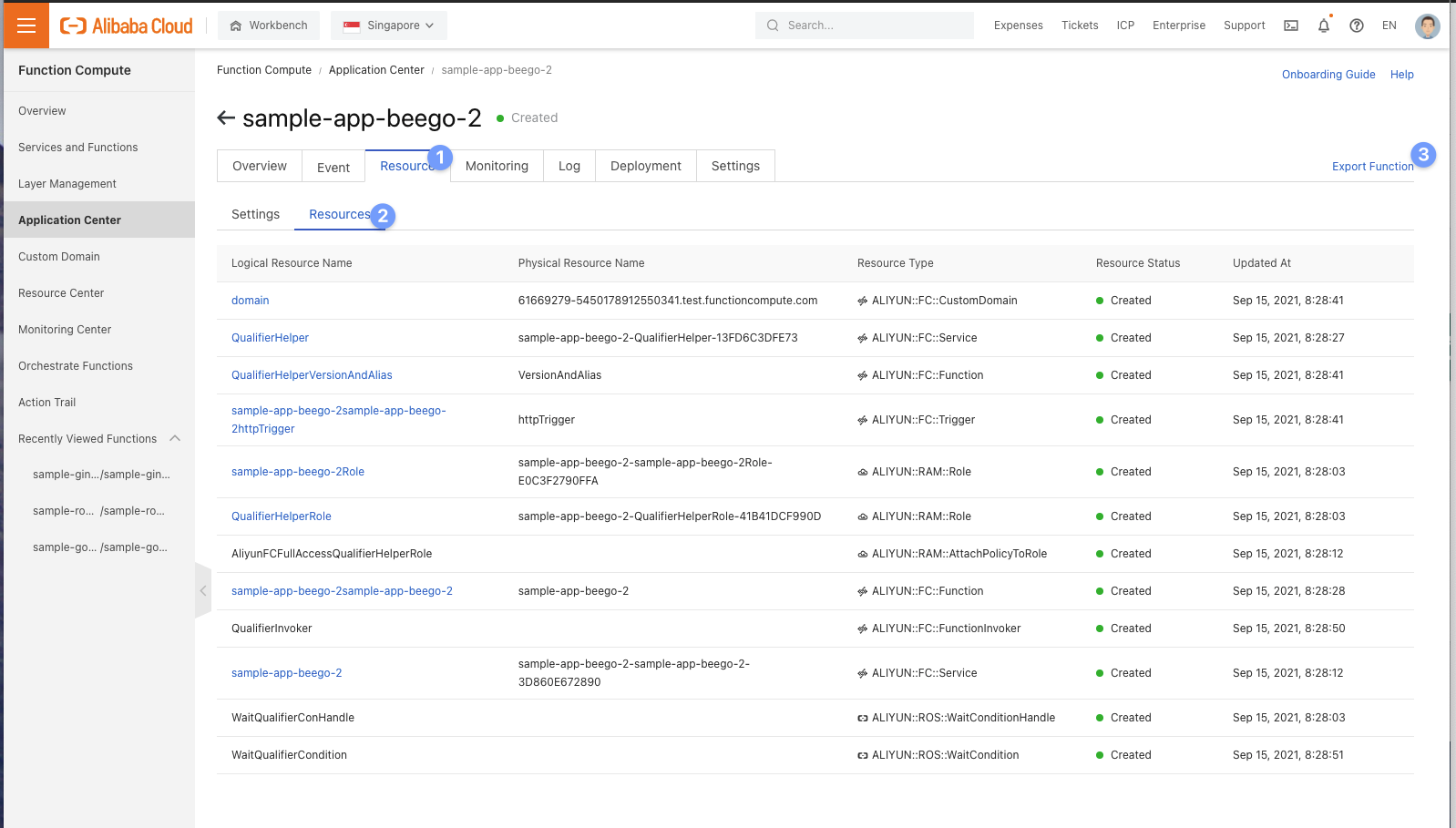
The Monitoring section provides extended analytics of the deployed function, including invocations, memory, running time, errors, and more:
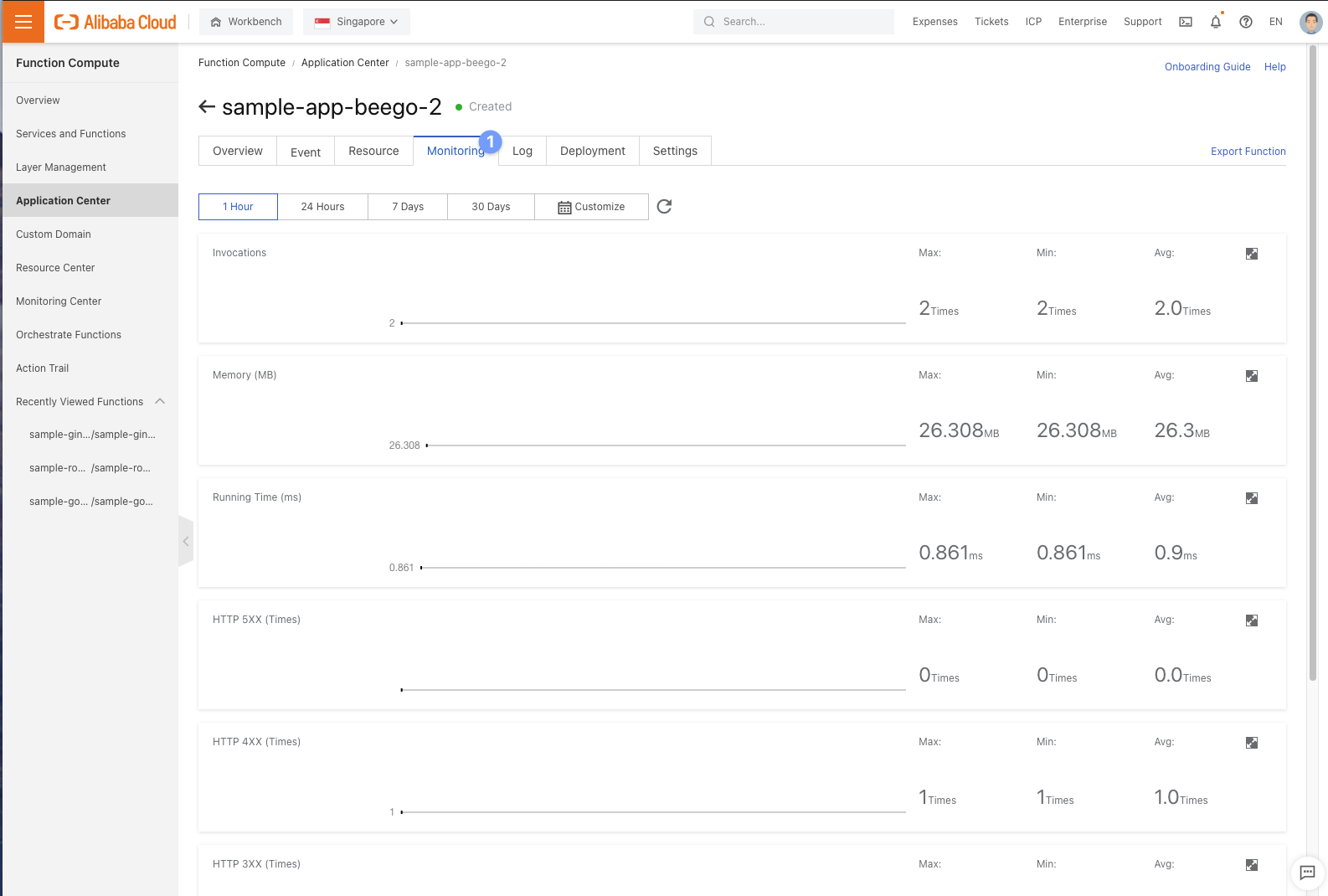
The Logs section contains all application logs that can be filtered by hours, days, weeks, or months:

The Deployment section gives you the ability to deploy the newer version of the function by clicking the Publish button and importing the source code. Note: It is preferred to export the function as mentioned in the previous steps. Then, modify it, and import it again.
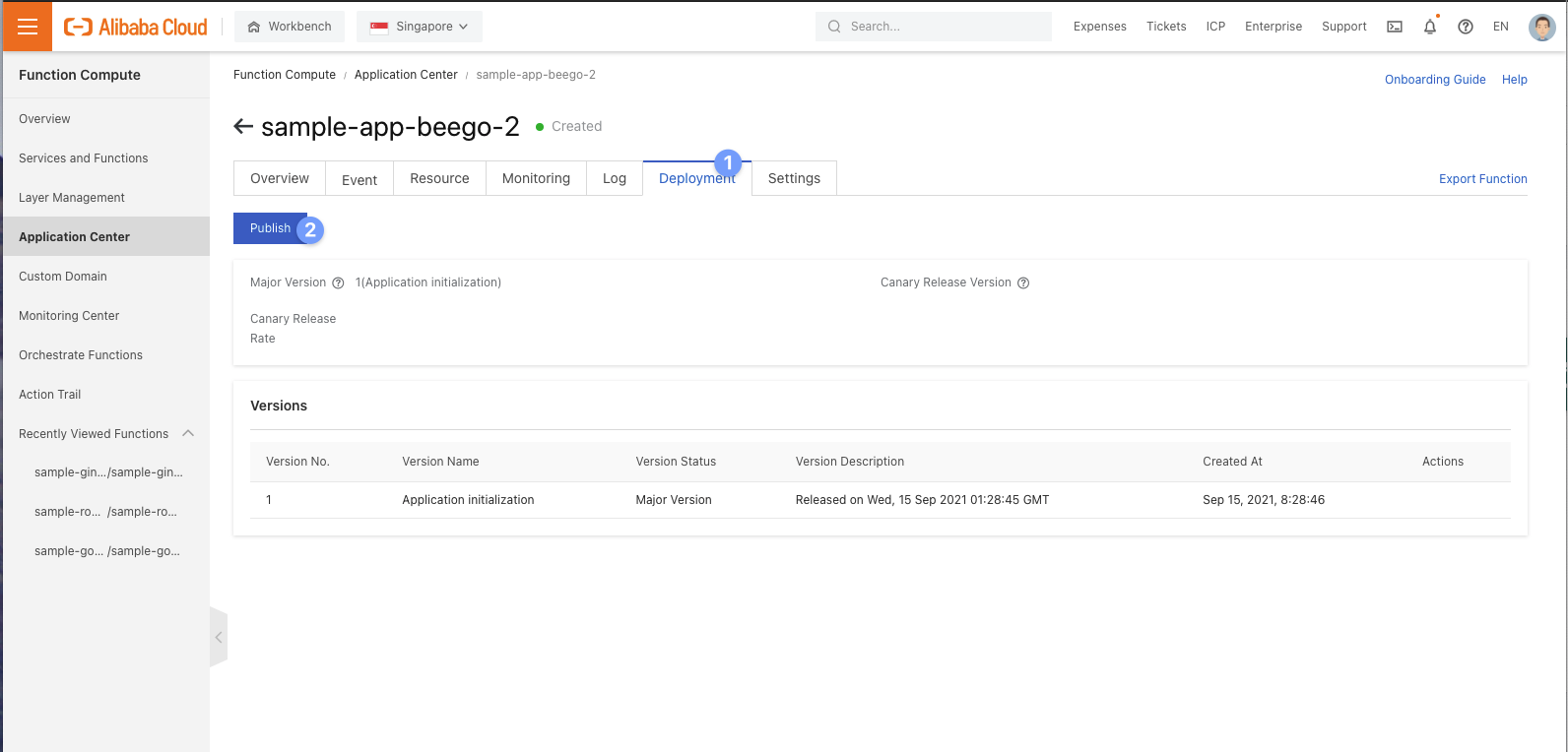
The following steps are required to import the modified code:
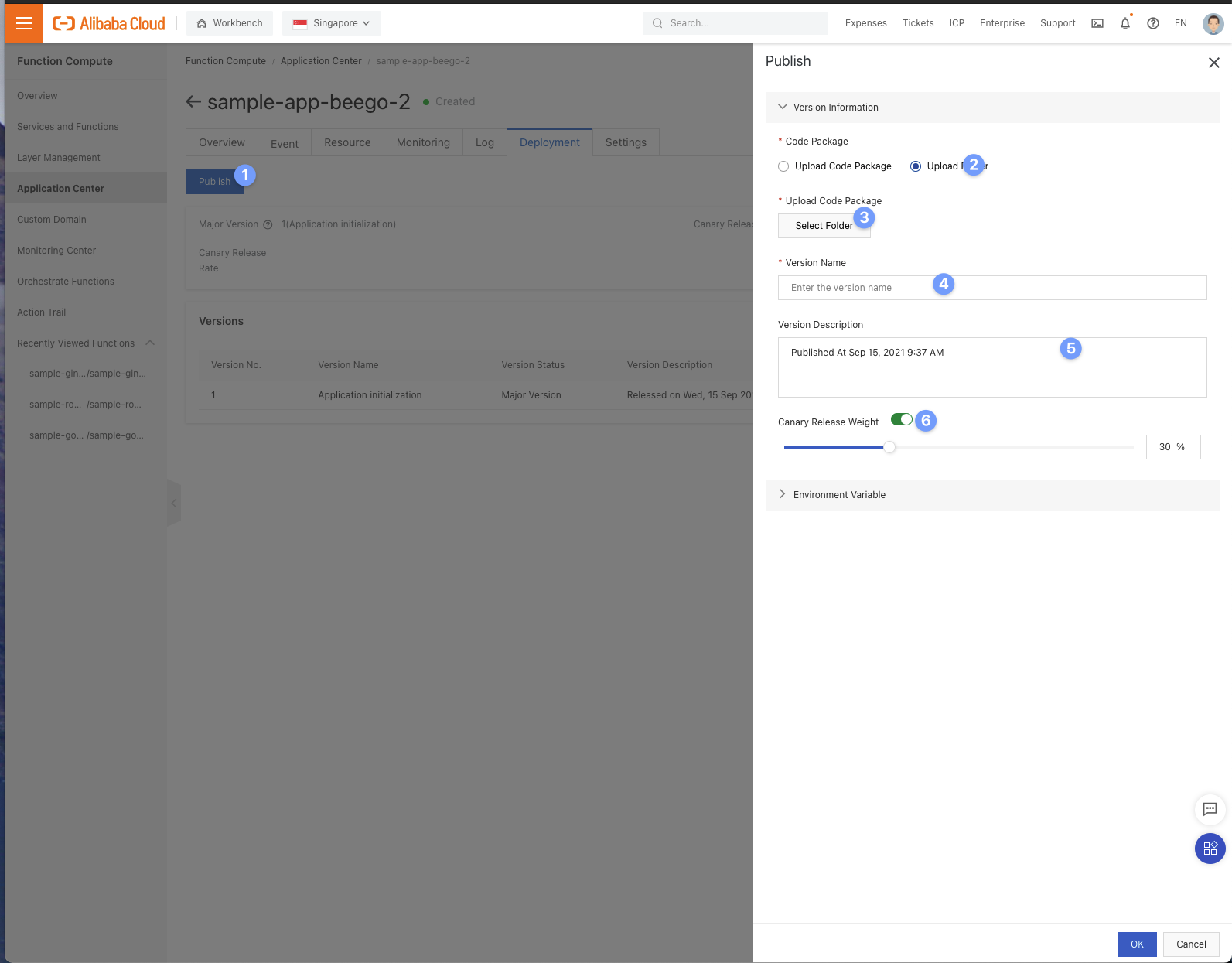
The Settings section provides application settings details. Users can modify the start command settings if needed.
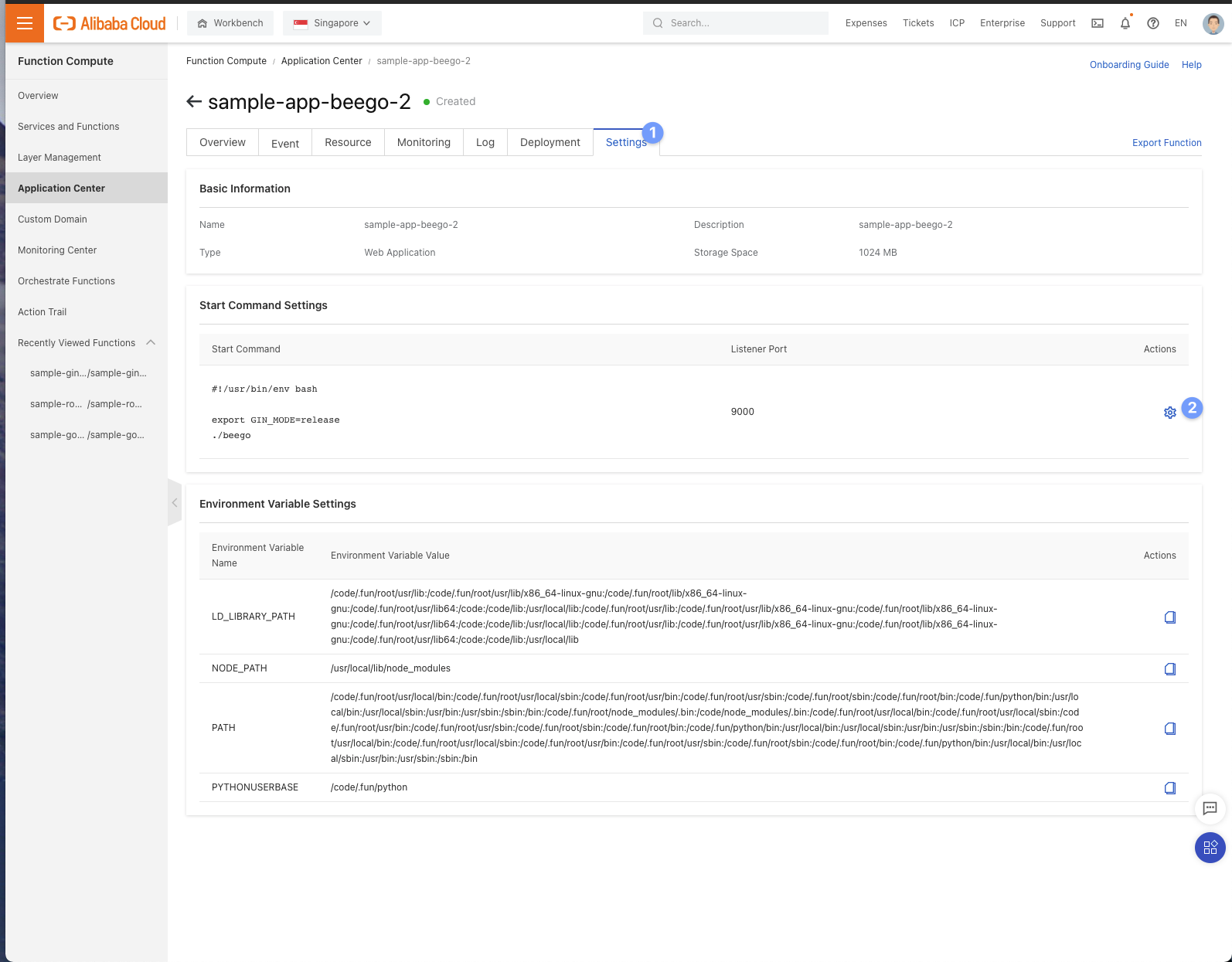
The Importance of Alibaba Cloud Security Services During the COVID-19 Pandemic

1,121 posts | 345 followers
FollowAlibaba Cloud Serverless - June 8, 2023
Alibaba Cloud Serverless - July 7, 2023
Alibaba Cloud Serverless - July 9, 2024
Daniel Molenaars - April 12, 2024
Alibaba Developer - February 1, 2021
JDP - July 17, 2020

1,121 posts | 345 followers
Follow Function Compute
Function Compute
Alibaba Cloud Function Compute is a fully-managed event-driven compute service. It allows you to focus on writing and uploading code without the need to manage infrastructure such as servers.
Learn More ECS(Elastic Compute Service)
ECS(Elastic Compute Service)
Elastic and secure virtual cloud servers to cater all your cloud hosting needs.
Learn More DevOps Solution
DevOps Solution
Accelerate software development and delivery by integrating DevOps with the cloud
Learn More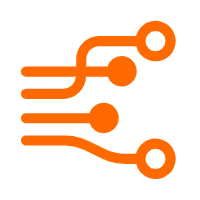 Realtime Compute for Apache Flink
Realtime Compute for Apache Flink
Realtime Compute for Apache Flink offers a highly integrated platform for real-time data processing, which optimizes the computing of Apache Flink.
Learn MoreMore Posts by Alibaba Cloud Community